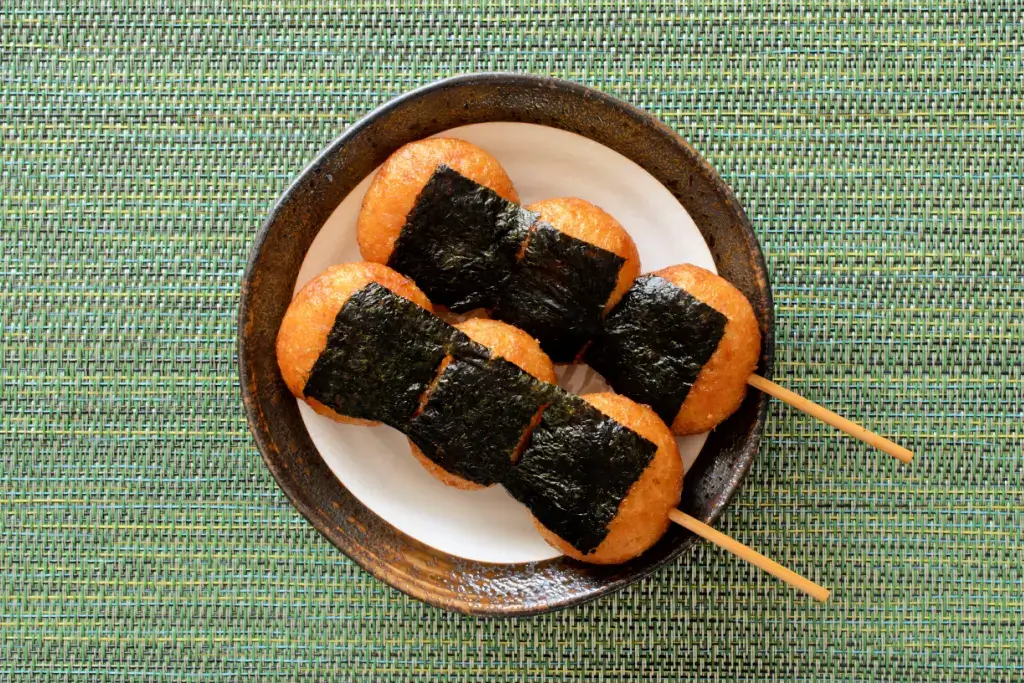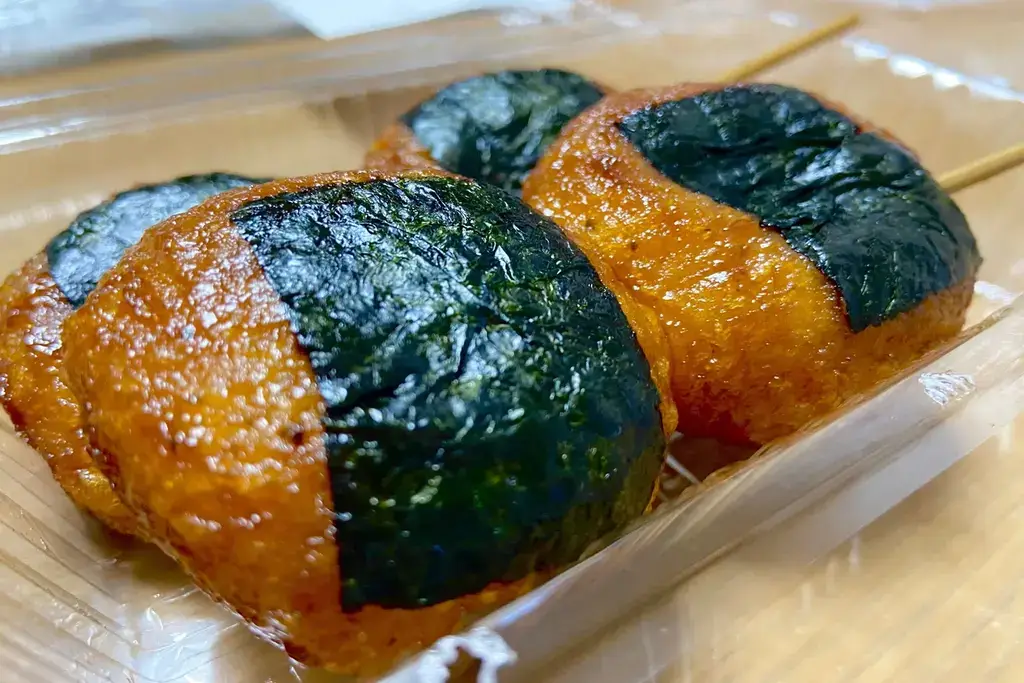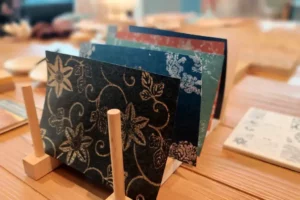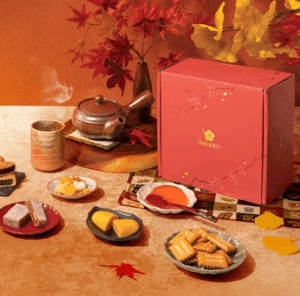Mochi is a soft and chewy rice cake made from glutinous rice. It is a traditional Japanese food often enjoyed during special events like New Year’s Day and as part of everyday snacks and meals. However, while most people think of mochi as soft and sticky, there is also a crispy version called agemochi.
Agemochi is a deep-fried mochi snack that is crunchy on the outside and full of rich flavor. It differs from fresh mochi but is still made from the same rice base. People of all ages love this tasty treat and it is easy to find in shops around Japan.
Table of Contents
ToggleHow is agemochi made?
Agemochi starts with dried, hard mochi. This drying step is essential. The mochi will not cook properly in the oil if it is dry. Once the mochi is dry, it is cut into small, bite-sized pieces and deep-fried until it puffs up and becomes crispy.

The frying process completely changes the texture. Instead of being soft and stretchy, agemochi becomes light, crunchy, and sometimes even slightly airy inside. It also develops a slightly golden color and can be flavored in many ways.
After it is fried, agemochi is usually seasoned while still warm. Some familiar flavors include soy sauce, salt, sugar, seaweed, or spicy seasoning. Each region of Japan has its favorite style; some places even make sweet versions using sugar or honey.
Does agemochi have a history in Japan?
Agemochi may look like a modern snack, but it has been enjoyed for a long time. Initially, people in rural areas made it at home using leftover mochi from New Year celebrations. Instead of wasting extra mochi, families would dry it out and fry it later as a crunchy treat. This made agemochi both practical and delicious.

Over time, agemochi became more popular and was made in stores and snack shops. Now it is available in packaged form and can even be found in vending machines or convenience stores. Even though agemochi is now a typical snack, it still keeps its connection to tradition. Many small shops and family businesses still make agemochi by hand, especially in countryside towns. You can often see bags of homemade agemochi for sale at markets, festivals, or small food stalls.
Are you looking for great snacks like agemochi? Check out Sakuraco! Sakuraco delivers traditional Japanese snacks, teas, and sweets from local Japanese makers directly to your door so you can enjoy the latest treats directly from Japan!
Is there more than one flavor?
Agemochi is available in a wide range of savory and sweet flavors. One of the most traditional varieties is shoyu, or soy sauce, which gives the agemochi a rich, salty taste and a slightly sticky texture on the outside. Salted agemochi is another delicious yet straightforward option, often lightly dusted with acceptable sea salt to let the flavor of the fried rice cake shine.

For those who prefer something sweet, some agemochi is coated with sugar or a sugar glaze, resulting in a crisp, candy-like shell that’s perfect for anyone with a sweet tooth. There’s also nori-flavored agemochi, where pieces of seaweed are wrapped around or mixed into the snack, adding a slightly salty, umami note. For those who enjoy a bit of heat, spicy versions made with chili powder or pepper offer a bold kick. Packaged agemochi mixes include several flavors in one bag, making it fun to sample different tastes in a single purchase.
How do you eat agemochi?
Agemochi is very easy to enjoy. It doesn’t need to be cooked or heated—just open the bag and eat. It is often served as a snack with tea or included in a light afternoon meal. Some people also enjoy agemochi with sake or beer, since its crunchy texture makes it a great drink match.
Because agemochi is small and doesn’t spoil easily, it is also a good snack for picnics or travel. It fits nicely in lunchboxes and gift sets and is sometimes given as a souvenir from specific regions in Japan. Since it is still made from rice, agemochi is also very filling. A few pieces can go a long way, especially if they are rich in flavor.

What’s the difference between agemochi and mochi?
Mochi and agemochi use the same base ingredient—glutinous rice—but their texture and taste are very different. Mochi is soft and stretchy and is often eaten fresh. It may be filled with sweet bean paste, covered in kinako (roasted soybean flour), or served in soups.
Agemochi, however, is dry, crisp, and has a longer shelf life. It is more like a rice cracker than a rice cake. Even though they are made from the same ingredient, the cooking method changes everything. This variety shows how versatile mochi can be in Japanese food culture. It can be soft or chewy, grilled, baked, frozen, or fried, each offering something new.
Why is agemochi so popular?
Agemochi is loved for its crispy texture, rich flavor, and connection to Japanese tradition. It is a simple snack with deep roots in everyday life and seasonal celebrations. It is easy to eat, easy to carry, and full of flavor—qualities that have kept it popular for generations. As more people outside Japan discover mochi, it offers a crunchy surprise worth trying. Have you ever tried this treat or enjoyed mochi? Let us know in the comments below!











